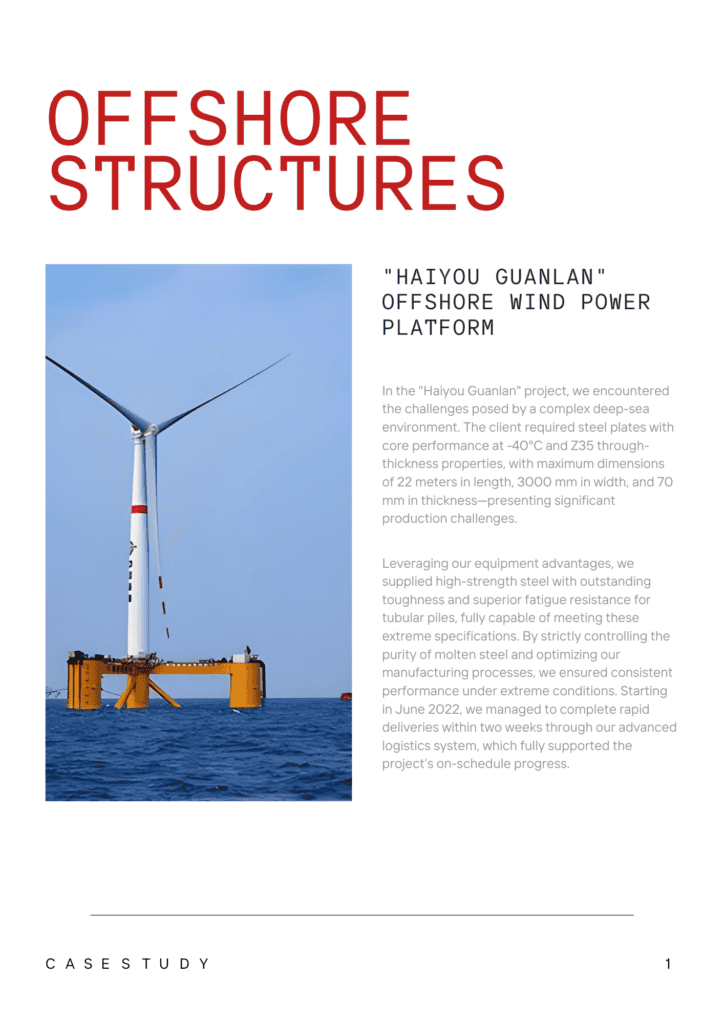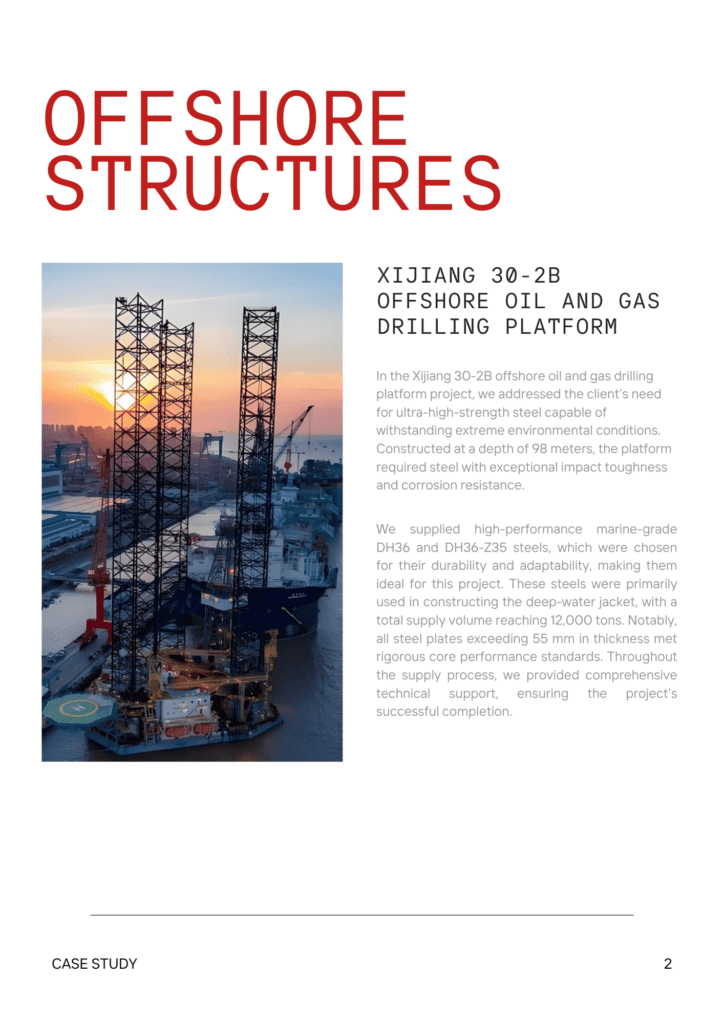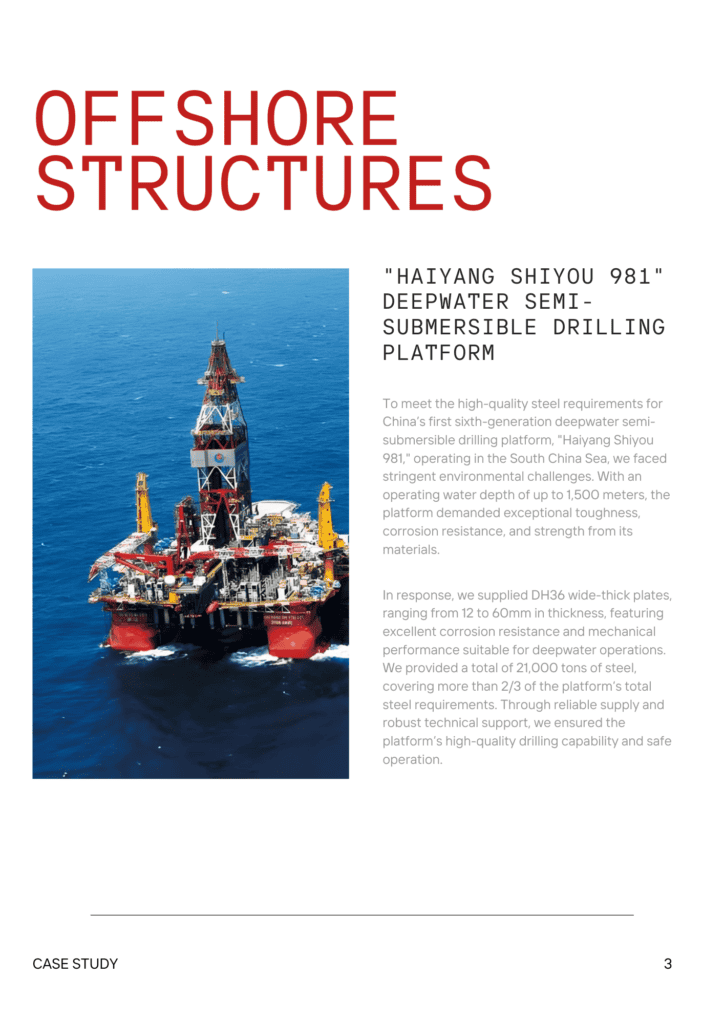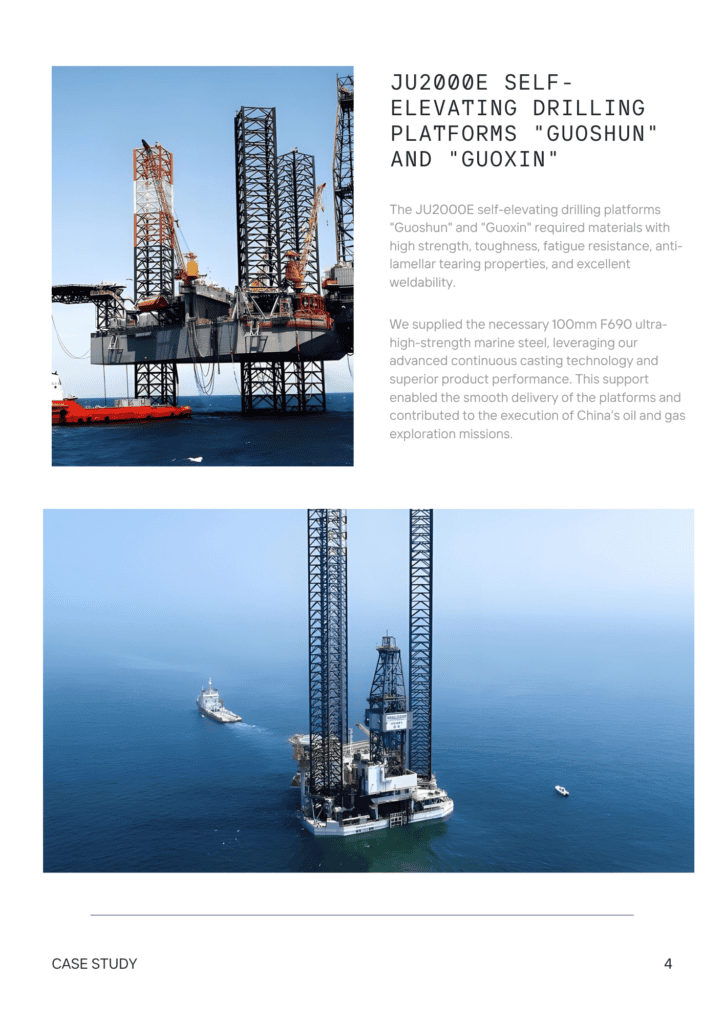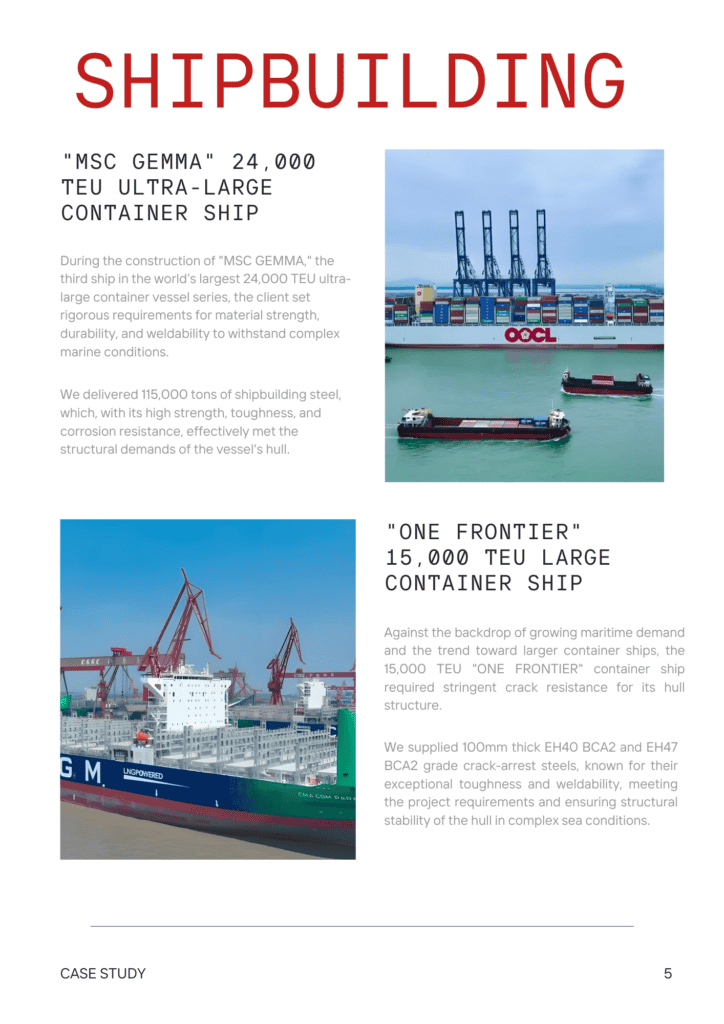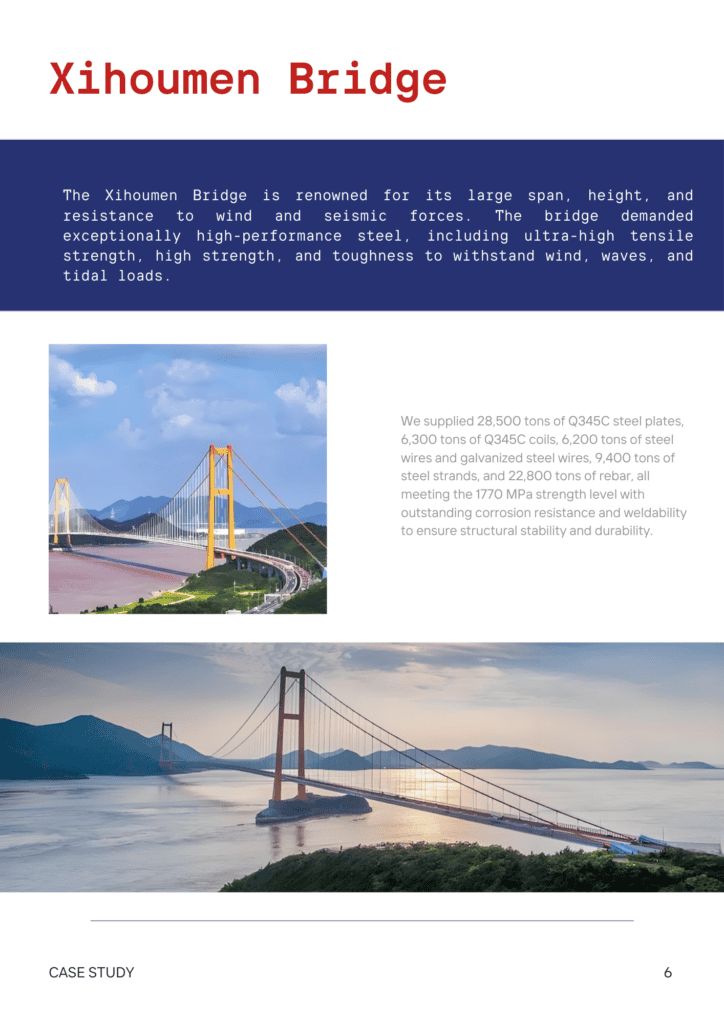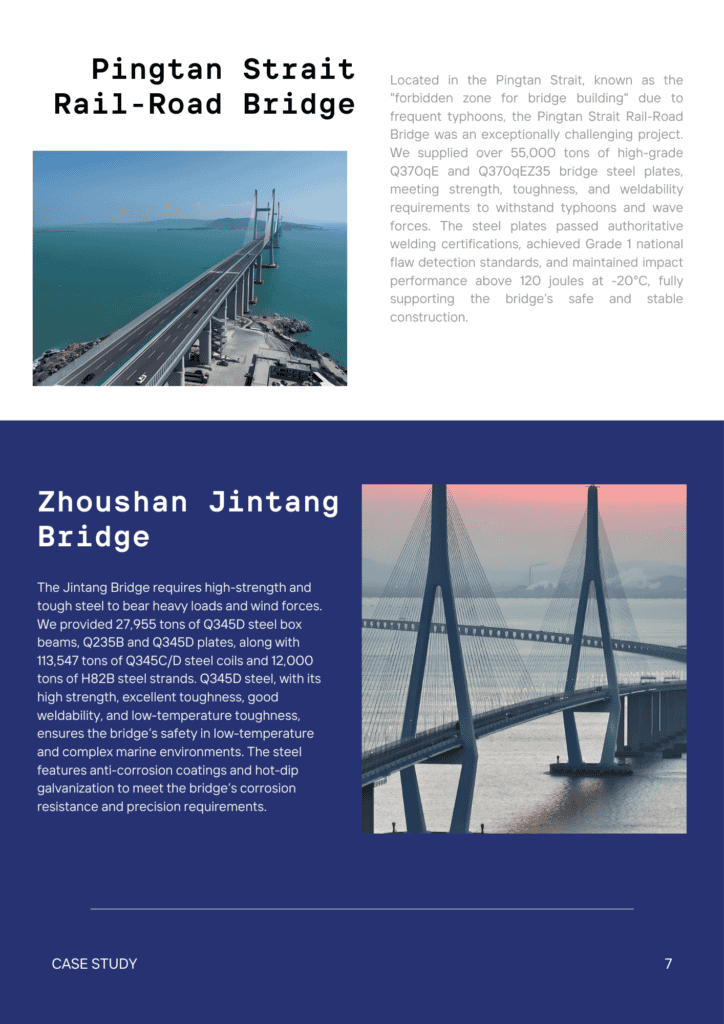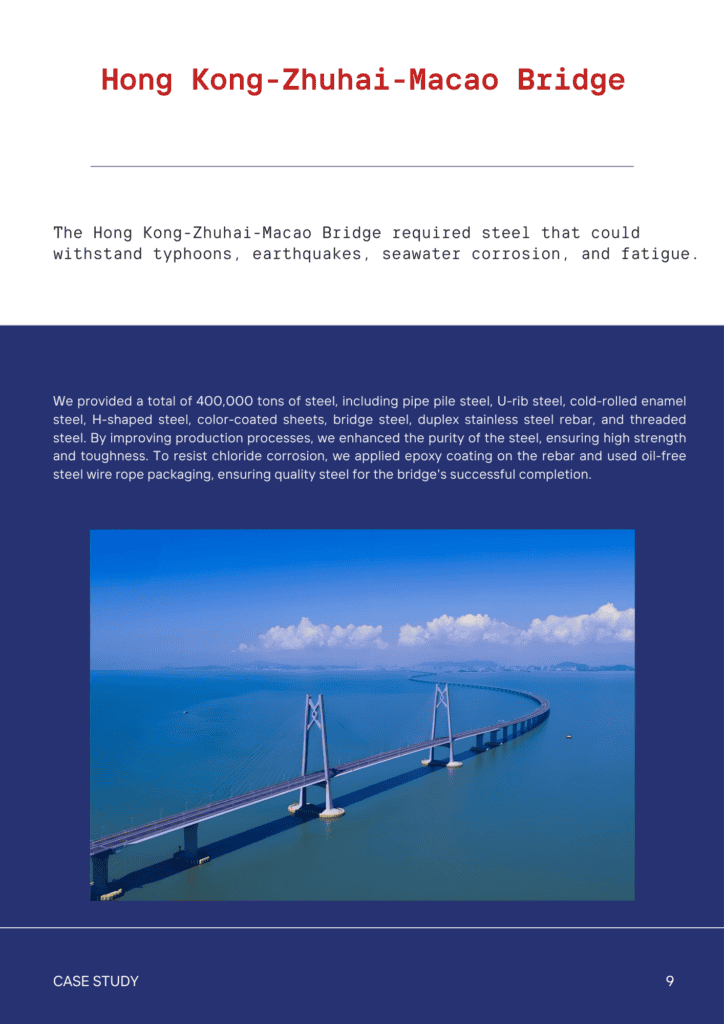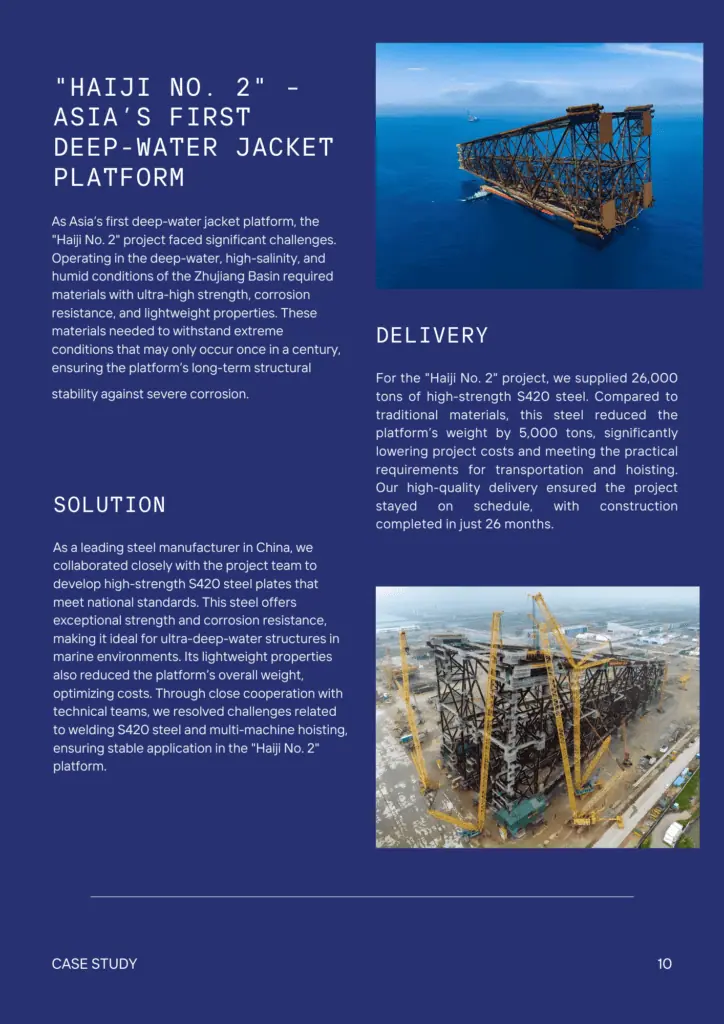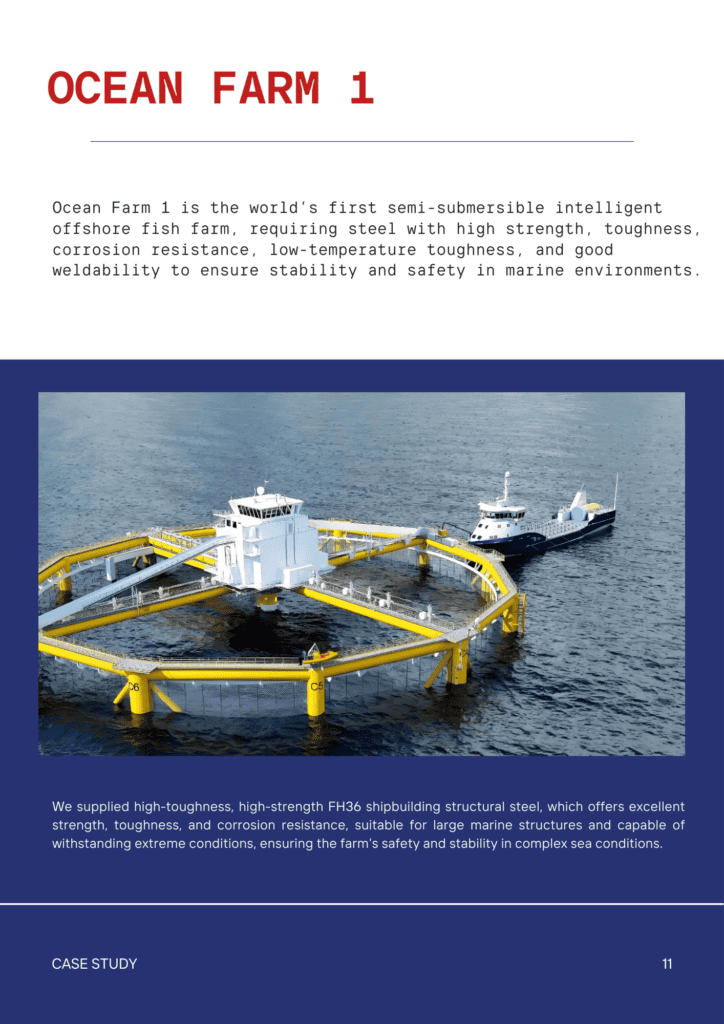Contents
Why Is Zinc Used For Galvanization Not Other Materials?
- John
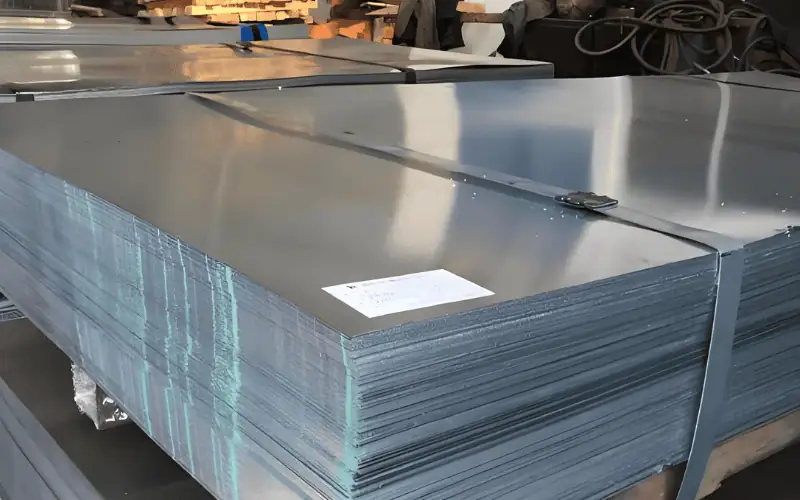
Zinc is one of the most frequently utilized materials for galvanization. This is largely due to its strong redox (oxidation-reduction) properties, which enable it to react chemically and protect steel from rusting.
In this article, we will examine all the reasons why zinc is perfect for galvanizing. We’ll also explain why zinc is chosen over other metals, such as copper or aluminum, and examine some of zinc’s other important uses.
Main Reasons for Choosing Zinc in Galvanization
Zinc is chosen for galvanizing because of its high reactivity, which plays a crucial role in protecting steel. The reactivity refers to how easily a metal undergoes chemical changes when exposed to elements like oxygen and moisture. The order of reactivity for some common metals is as follows:
Potassium > Calcium > Sodium > Magnesium > Aluminum > Zinc > Iron > Lead > Copper
The higher a metal’s reactivity, the more readily it reacts with oxygen or moisture to form oxides. This allows metals like zinc to quickly develop a natural barrier that prevents corrosion. Additionally, in electrolyte environments, highly reactive metals often act as anodes, providing cathodic protection to less reactive metals.
However, metals that are too reactive—such as sodium or potassium—are unsuitable for galvanizing because their reactions are excessively vigorous and unstable. Their extreme reactivity would lead to rapid corrosion, which would compromise the protective coating rather than preserving it.
Zinc’s position above iron means it will corrode first, a feature that is critical to its protective role. The following will explain how zinc protects steel.
Oxidation Properties of Zinc
One of the main reasons zinc is used in galvanizing is due to its oxidation behavior. Zinc has a natural tendency to oxidize, meaning it reacts easily with oxygen and moisture in the air. When this happens, zinc forms a thin, stable layer of zinc oxide on its surface to block oxygen and moisture from reaching the underlying metal. As a result, the steel or iron beneath is protected from rusting.
Sacrificial Protection
Zinc is more active than steel, indicating it corrodes more readily. When zinc and steel are in contact and exposed to water or moisture, the zinc will rust first. This is known as “cathodic protection” because zinc acts as the anode (the part that corrodes first), while steel is the cathode (the part that stays safe).
- Why Is Zinc Used In Galvanizing Iron And Not Copper?
Because it doesn’t provide the sacrificial protection that zinc does. While copper is corrosion-resistant, it has a higher electrochemical potential than iron. When exposed to water or an electrolyte, copper acts as the cathode, which can speed up the rusting of iron through galvanic corrosion.
Other Reasons For Choosing Zinc For Galvanization
Low Melting Point
Zinc possesses a comparatively low melting temperature of approximately 419°C, facilitating its application in the galvanizing procedure. When steel is dipped into molten zinc, a chemical bond forms between the zinc and iron, creating a uniform and strong coating. This ensures that the zinc coats the steel smoothly without causing damage, enhancing the overall adhesion of the protective layer.
Cost-Effectiveness
In contrast to other corrosion-resistant metals such as copper, zinc is relatively inexpensive. Its high production volume and low cost allow for large-scale galvanizing applications, making zinc an economical choice for protecting extensive amounts of steel in various industries.
Environmental Friendliness
Zinc is an eco-friendly substance because it is non-toxic and can be recycled. The galvanizing process uses minimal energy compared to other coating techniques, and the zinc itself can be reused after it has been removed or recycled from old products.
The Uses of Zinc
Approximately 50% of the world’s annual zinc output is used for producing galvanized steel. This method shields steel against rust and corrosion, making it crucial for sectors such as construction, automotive production, and infrastructure development.
Besides its role in galvanizing, zinc has many other important applications across a variety of fields, as outlined below:
- Die-Casting: Zinc is commonly used in die-casting to manufacture complex components in automobiles, electronics, and household appliances.
- Brass and Bronze Production: Zinc is alloyed with copper to create brass and bronze, which are widely used in plumbing, musical instruments, and decorative items.
- Zinc Oxide for Rubber and Paint: Zinc oxide is added to rubber products, such as tires, and is also used in paints and coatings for UV protection and durability.
- Batteries: Zinc serves as an anode in alkaline and zinc-carbon batteries, providing a steady source of energy.
- Chemical and Pharmaceutical Uses: Zinc compounds are used in various medicines, supplements, and personal care products, due to zinc’s essential role in human health.
- Agriculture: Zinc is added to fertilizers to enrich soil, supporting plant growth and increasing crop yields.
Durable Zinc Coatings for Steel Protection
Protect your steel with Steel Pro Group’s expert galvanizing solutions. Our high-quality zinc coatings ensure durability and resistance against corrosion, extending the life of your projects. Ready to safeguard your investments? Get a Quote today!




